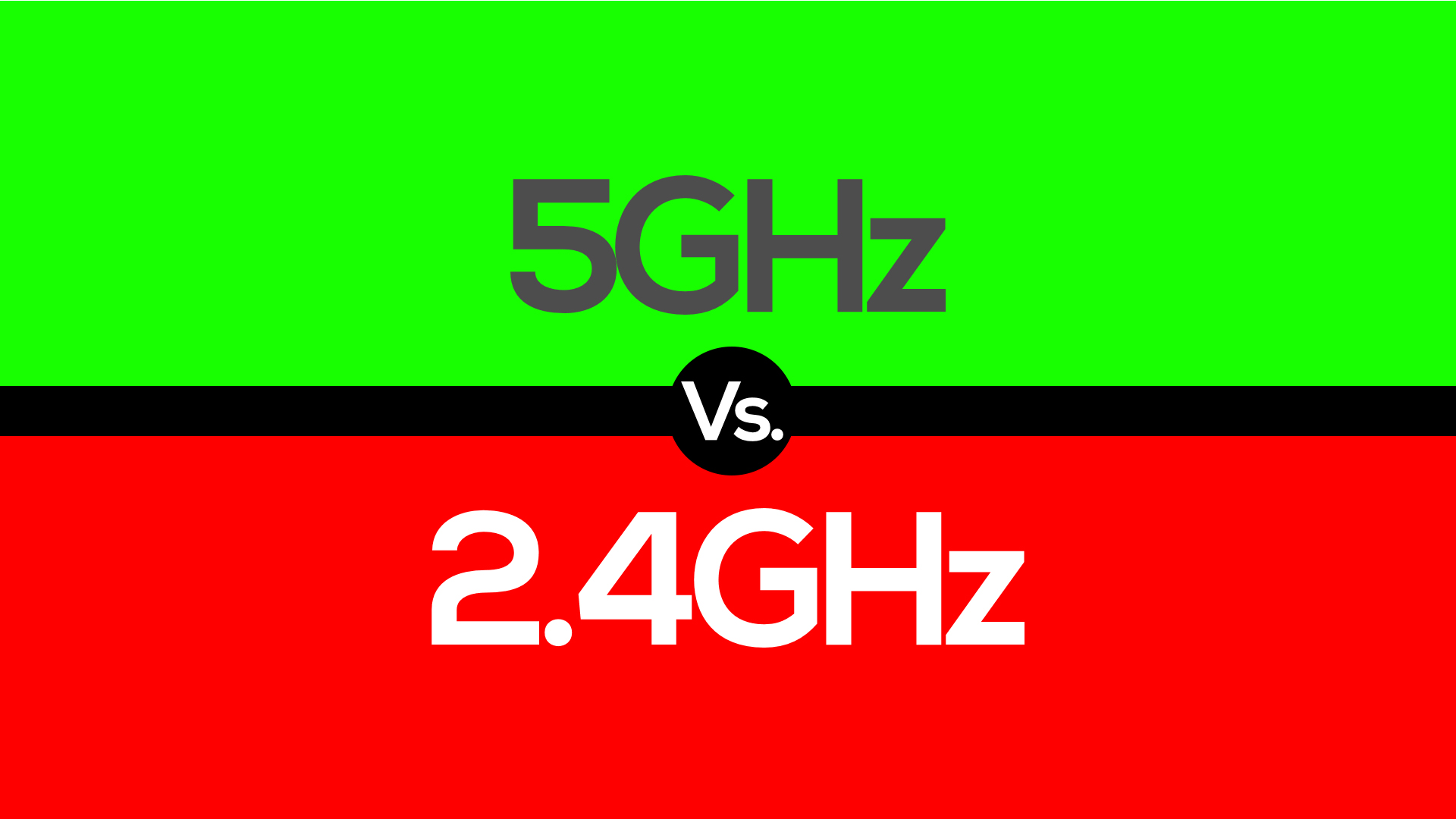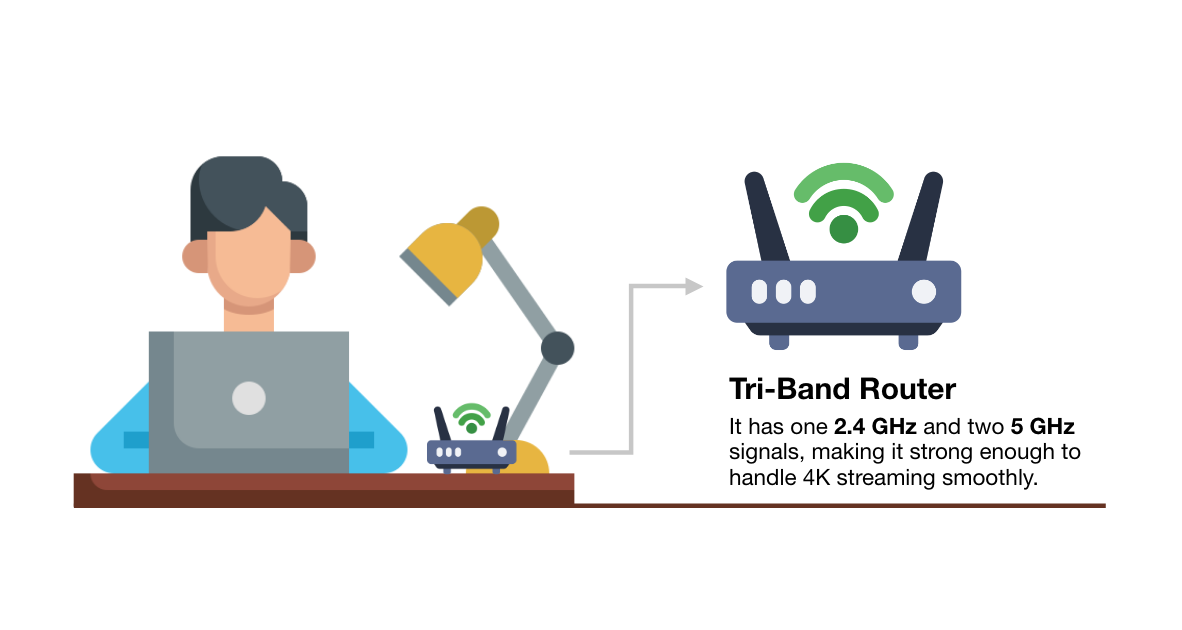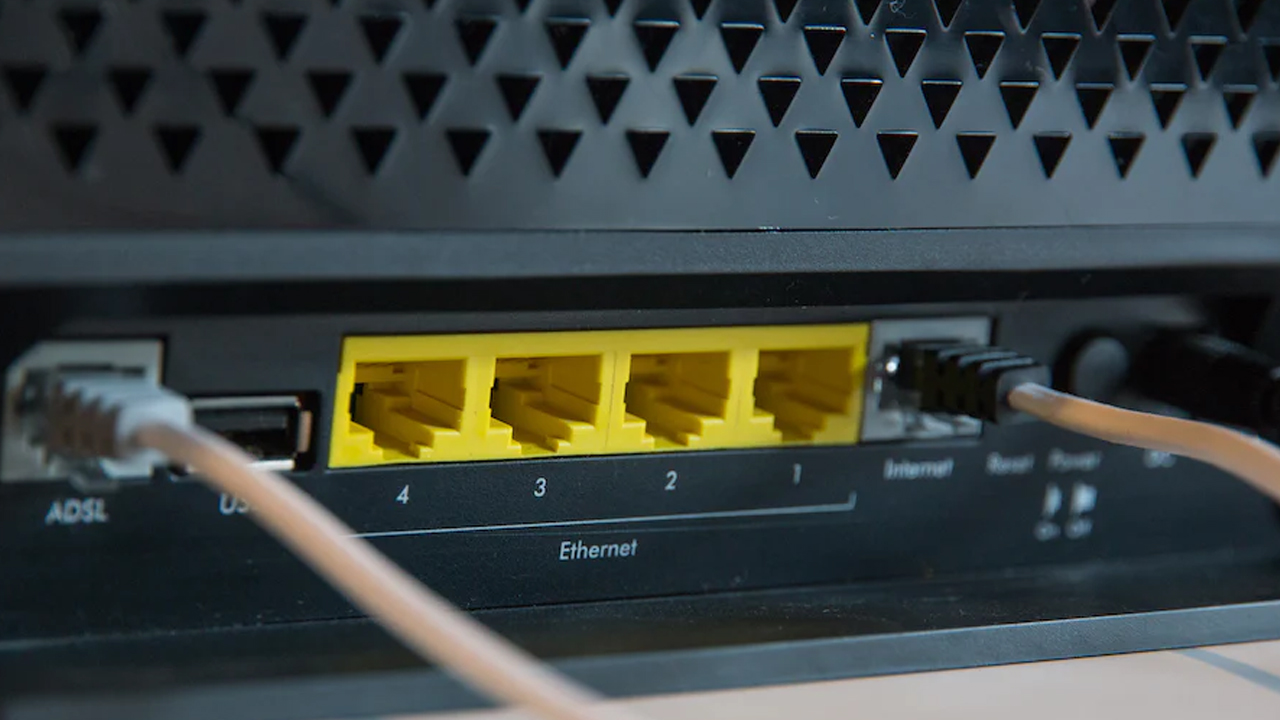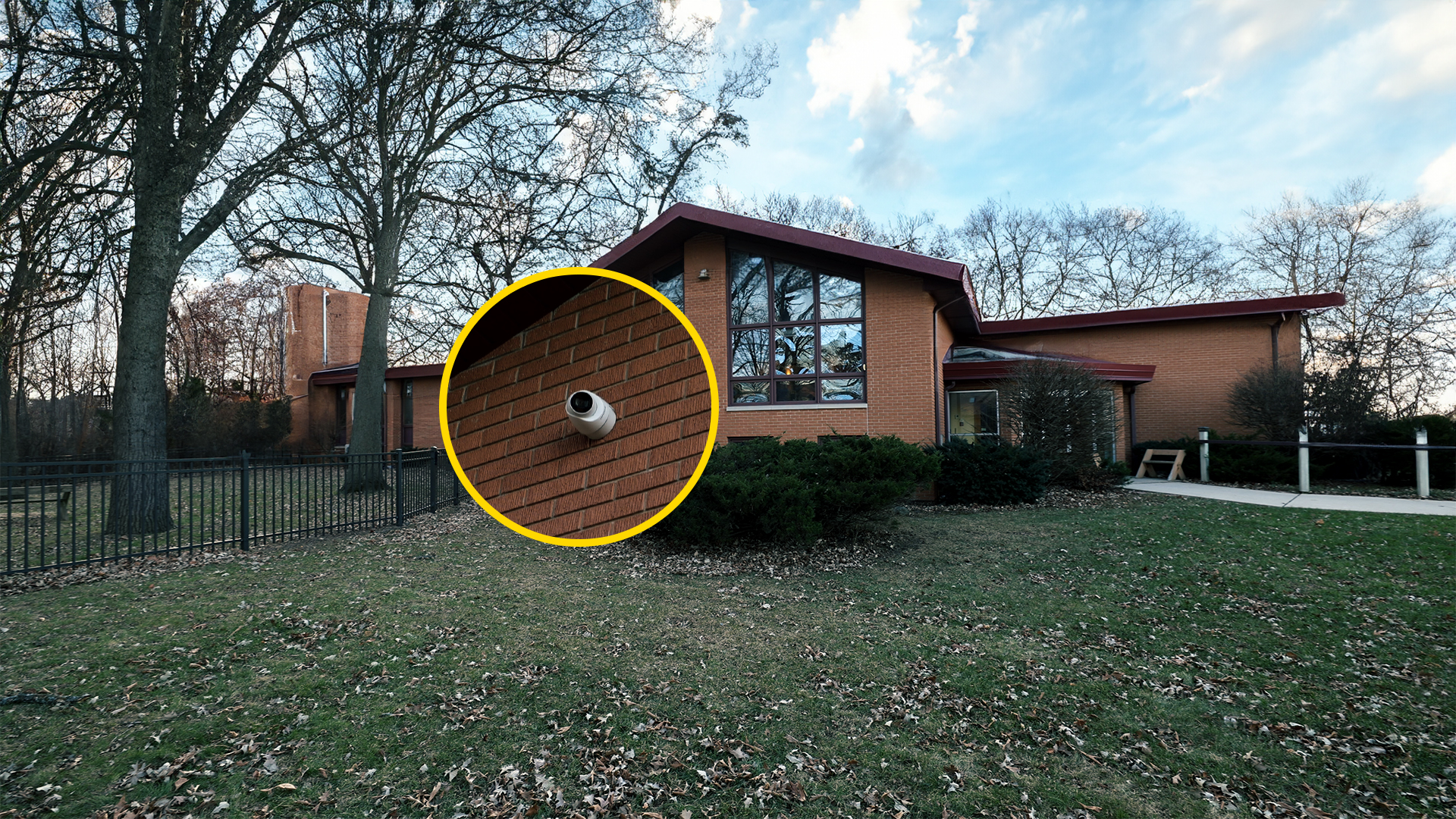Affordable 1080p Security Camera System: High Quality Protection
In the realm of home and business security, 1080p security camera systems have become a popular choice, balancing affordability with high-definition video quality. These systems provide clear footage that can be crucial for identifying individuals, monitoring activities, and deterring potential threats. In this article, we’ll explore the benefits of affordable 1080p security camera systems, provide insights from a recent installation, and offer tips on choosing the right system for your needs.
Why Choose an Affordable 1080p Security Camera System?
- Clarity: 1080p resolution delivers clear, detailed images, allowing for better identification of faces and objects compared to lower resolutions.
- Cost-Effectiveness: These systems offer a balance between quality and price, making them a practical choice for those on a budget.
- Wide Availability: Numerous brands and models offer 1080p systems, giving consumers a wide range of options to suit their specific needs.
- Deterrent: The presence of visible security cameras can deter potential intruders, enhancing the overall security of your property.
Real-World Installation: A Case Study
Redbird, a technology solutions provider, recently completed an installation of an affordable 1080p security camera system for a salon. The customer wanted a significant upgrade from their previous system without incurring excessive costs.
- The Solution: Redbird opted for the Ubiquiti G3 Flex camera, a 1080p indoor/outdoor model known for its low profile, image quality, and flexibility. Six cameras were strategically placed throughout the salon’s interior.
- NVR and Storage: A Ubiquiti UniFi Protect console key, upgraded with a 2TB surveillance-specific hard drive, served as the Network Video Recorder (NVR), storing footage from all cameras.
- Results: The customer was impressed with the clarity of the 1080p footage and the system’s overall performance, achieving their goal of enhanced security within a reasonable budget.
Key Considerations When Choosing an Affordable 1080p System
- Indoor vs. Outdoor: Determine whether you need cameras for indoor or outdoor use, or both.
- Wired vs. Wireless: Wired cameras offer a stable connection but require cabling. While wireless cameras are easier to install but may have signal limitations.
- Field of View: Consider the area you want to monitor and choose cameras with an appropriate field of view. Like wide-angle, narrow-angle, etc..
- Night Vision: If you need surveillance in low-light conditions, ensure your chosen cameras have adequate night vision capabilities.
- Storage: Decide whether you prefer local storage on a hard drive or cloud storage (which often involves a subscription).
- Additional Features: Some systems offer features like motion detection, two-way audio, and remote viewing. Consider which features are essential for your needs.
Statistics and Facts
- According to a 2023 report by Security.org. 1080p is the most common resolution for home security cameras, accounting for 56% of the market.
- A study by the University of North Carolina at Charlotte found that security cameras can reduce crime rates. The reduction can be up to 50%.
Conclusion
Affordable 1080p security camera systems offer a valuable security solution for homes and businesses. They provide clear footage and deterrent capabilities with a range of features to suit various needs.
Consider your requirements and research available options. You can find a system that fits your budget and enhances your property’s security.
I hope this article is helpful and informative! Feel free to ask if you have any other questions.

















